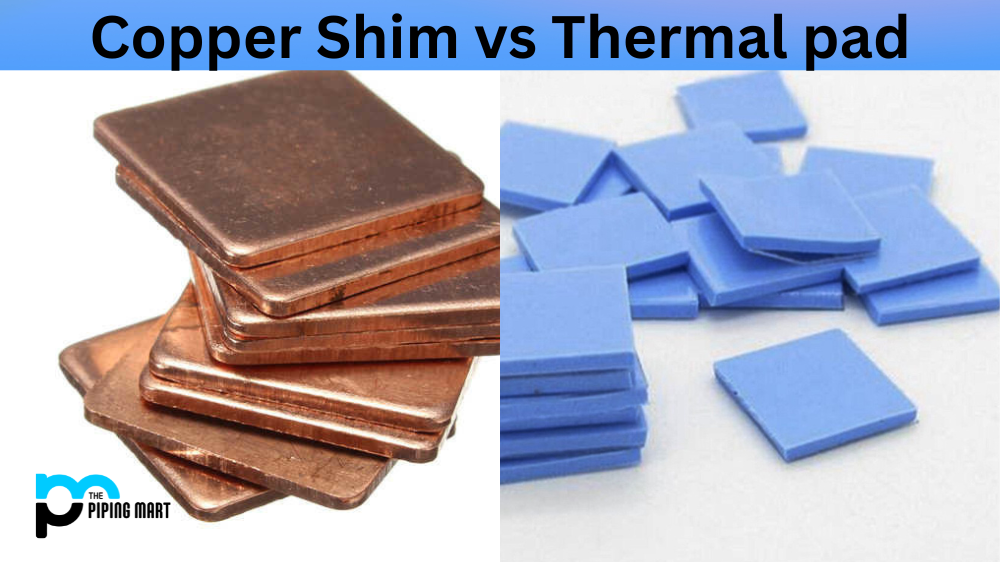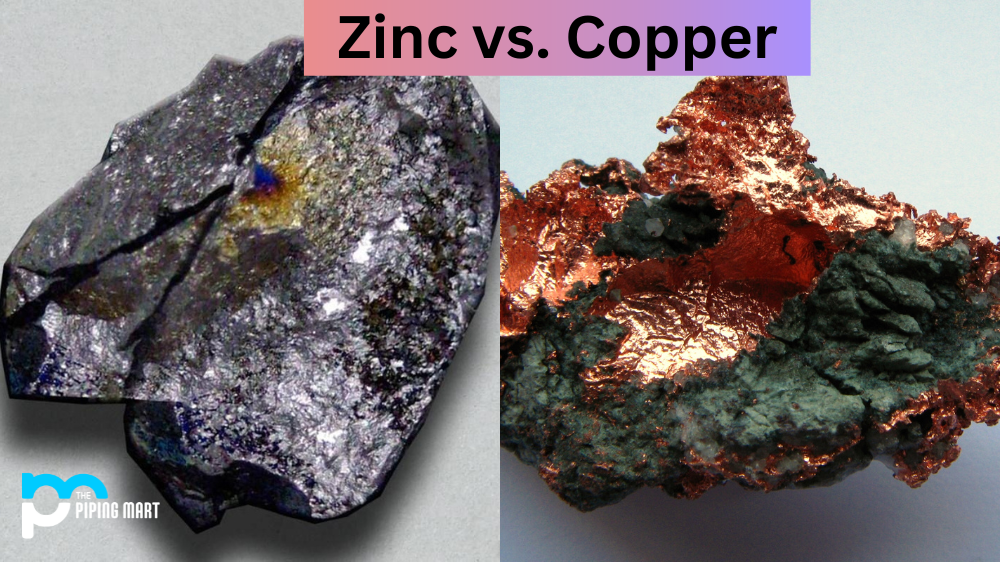For those who are looking to improve their technology, there are two popular options for thermal management – copper shim and thermal pad. Understanding the differences between the two is essential in making an informed decision about which one is best for your needs. Let’s explore the similarities and differences between copper shim and thermal pad so you can make a wise choice.
What Is Copper Shim?
Copper shim is a thermally conductive tape that is used to bridge air gaps between heat-generating components and their heat sinks. This tape effectively transfers heat from these components to the heat sink, allowing for more efficient cooling of the device. Copper shim also provides an electrical connection between the component and its heat sink, eliminating any potential short circuits. The adhesive backing on the copper shim makes it easy to apply, but it also limits its reusability as it cannot be removed without damaging both the component and its heat sink.
What Is Thermal Pad?
Thermal pads are made from silicone or polymer materials that contain thermally conductive particles such as carbon or aluminum oxide. These pads are designed to provide a better interface between a component’s heatsink and its case than traditional air gaps do, resulting in improved cooling efficiency. Thermal pads are often pre-cut or available in sheets that can be cut to size to fit specific components, making them highly versatile. Additionally, they have a higher reusability rating than copper shims due to their ability to be removed without causing damage to parts or components when replaced with new on
Copper Shim vs Thermal Pad
Both copper shim and thermal pad have their own unique benefits when it comes to thermal management. However, there are some key differences between them that should be considered before making a final decision about which one is best for your needs. Copper shim has better electrical conductivity than thermal pad does; however, the thermal pad offers superior reusability due to its removable nature while still providing good thermal conductivity. Additionally, copper shim provides better durability due to its adhesive backing, while thermal pads can offer improved flexibility depending on the material used in its construction. In short, each option has its own advantages and disadvantages, which must be weighed carefully before making an informed decision about which one is best for your particular application scenario.
- A copper shim is a thin piece of copper that is used to fill gaps between two surfaces.
- A thermal pad is a thick piece of material that is used to transfer heat from one surface to another.
- Copper shims are typically used to fill small gaps, while thermal pads are used to fill larger gaps.
- Copper shims are more conductive than thermal pads, but they are also more expensive.
- Thermal pads are less conductive than copper shims, but they are cheaper and easier to install.
Conclusion
When deciding on what type of product should be used for effective thermal management – copper shim or thermal pad – it’s important to consider all of the various factors at play, such as electrical conductivity, reusability, durability, flexibility, etc., before making your final decision. Ultimately it will depend on your specific application scenario; however, both options offer good results when used correctly! Technology enthusiasts should familiarize themselves with this information so they can make sure they get the most out of their devices by using the correct product for their needs. This way, they can ensure maximum performance while minimizing temperature-related risks due to bad cooling solutions or improper use of either product type!

A passionate metal industry expert and blogger. With over 5 years of experience in the field, Palak brings a wealth of knowledge and insight to her writing. Whether discussing the latest trends in the metal industry or sharing tips, she is dedicated to helping others succeed in the metal industry.




